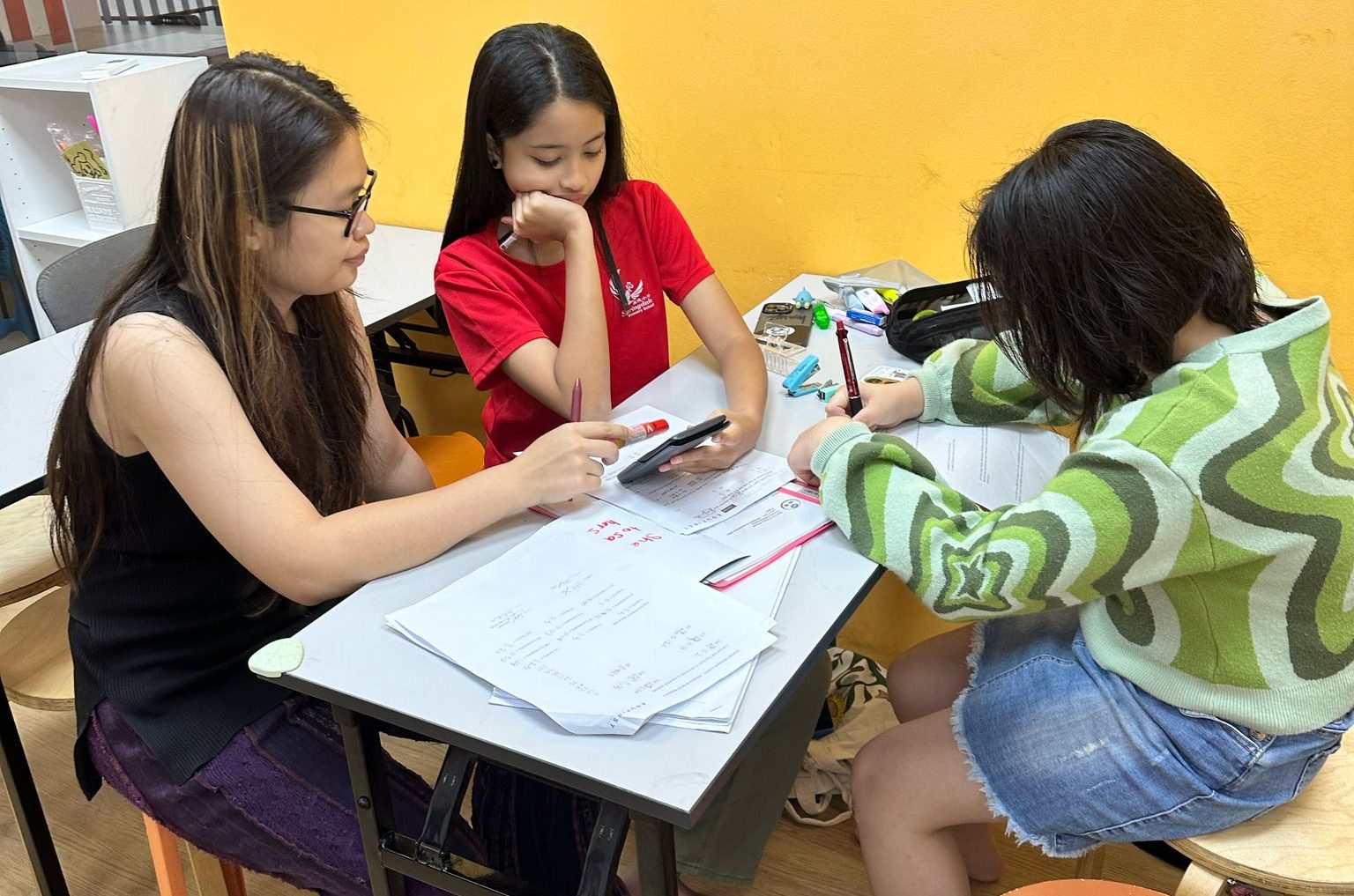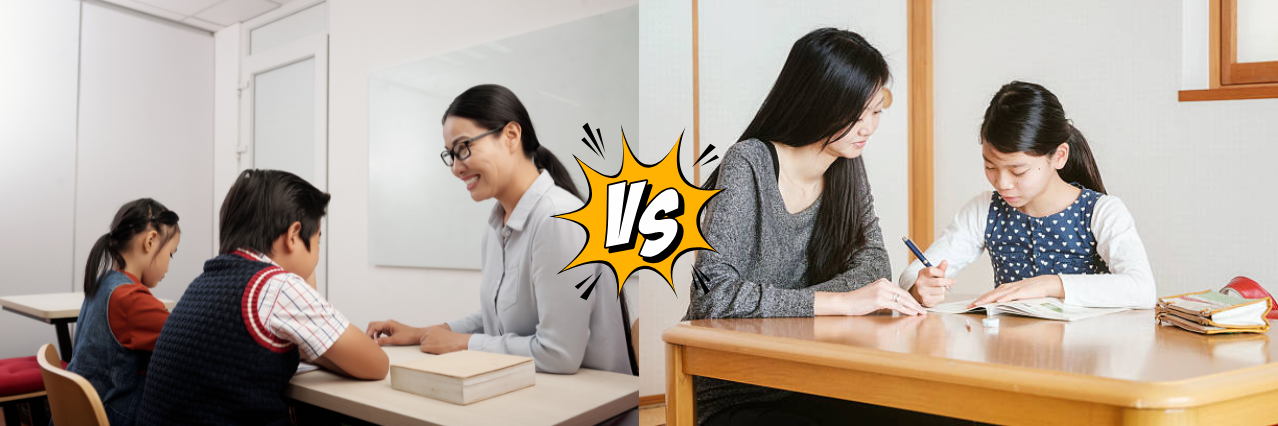- Mar 4, 2025 - 9 min read
Differences Between Primary Math & Secondary Math

After spending six years in primary school learning the fundamentals of mathematics, your child may seem ready to spend another four years tackling this subject in secondary school. However, as your child soon realises, secondary math requires a different skill set for them to thrive compared to primary math.
In this article, we will provide a rundown of the differences between primary math and secondary math in Singapore. We hope that this article will help your primary school child set realistic expectations and adjust smoothly into secondary school math without experiencing too much culture shock.
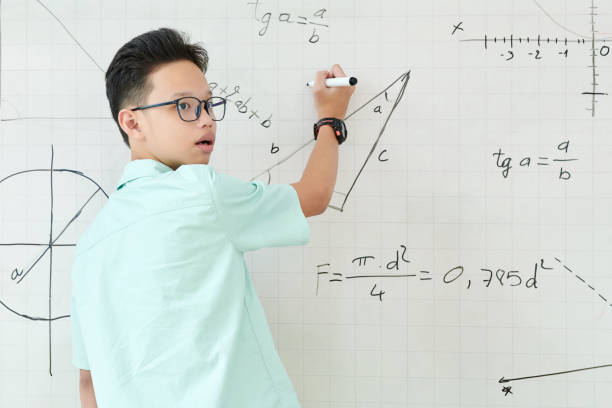
1. Solving Math Problems Beyond Heuristics
In primary math, solving math problems is mainly skills-based. But secondary math is more than simply applying skills to solve problems, with the application and understanding of mathematics vocabulary and terminology essential to answer math questions.
For instance, students will need to provide reasons backed by mathematical workings on why Company X’s salary package is more attractive than Company Y’s based on the information provided in the question. This is especially true for subjects like N Level Math and O Level Math (Elementary Math and Additional Math), where critical reasoning plays a crucial role.
As such, it is just as essential for your child to be fluent in English in order to do well for Math in secondary school. Alongside secondary Math tuition, it can be complemented with our secondary English tuition, ensuring your child does well in both subjects that is giving them an edge in understanding secondary Math questions with relative ease.
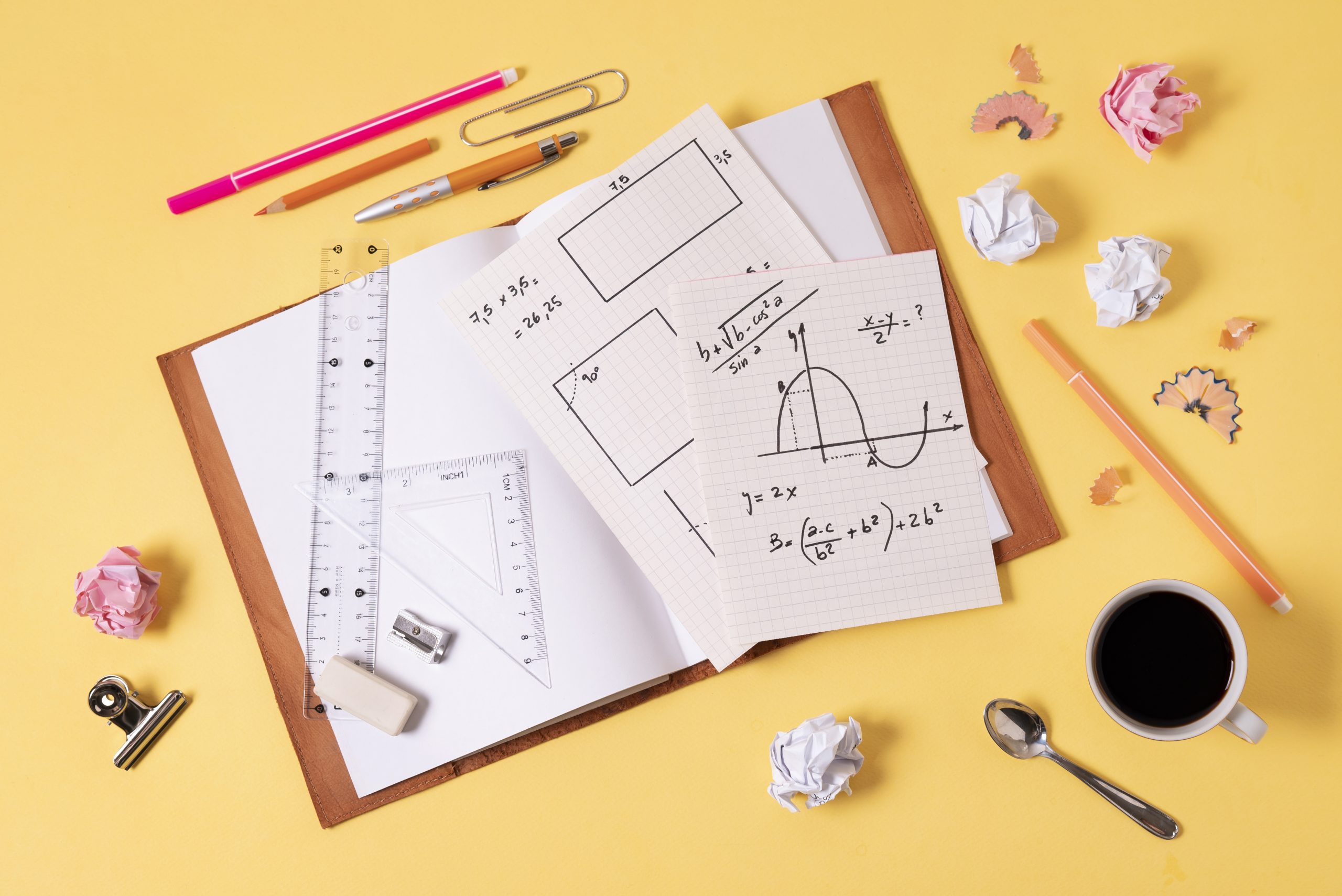
2. New Topics Introduced Exclusively In Secondary Math
Primary math focuses mainly on tangible concepts that students may encounter
in their everyday lives, such as fractions, basic geometry and measurement. Secondary
math, however, introduces students to more abstract concepts where some questions
are more hypothetical in nature.
Here is a list of topics introduced or found more extensively in secondary math,
particularly in O Level Math syllabus and N Level Math syllabus compared to the PSLE
math syllabus:
| Secondary Math | Primary Math |
| Primes, Highest Common Factor (HCF) and Lowest Common Multiple (LCM) | Basic arithmetic operations (Addition, Subtraction, Multiplication, Division) |
| Approximation and estimation | Ordering of numbers |
| Algebra and algebraic manipulation | Approximation & estimation |
| Linear equations and inequalities | Percentage, Ratio, Speed |
| Functions and linear graphs | Measurement of length, mass, volume, time, and angle |
| Polygons (angles) | Area and perimeter of triangles, squares, and rectangles, area and circumference of circles, and volume of cubes and cuboids |
| Probability | Graphs, tables and charts |
| Problem-solving and model drawing |
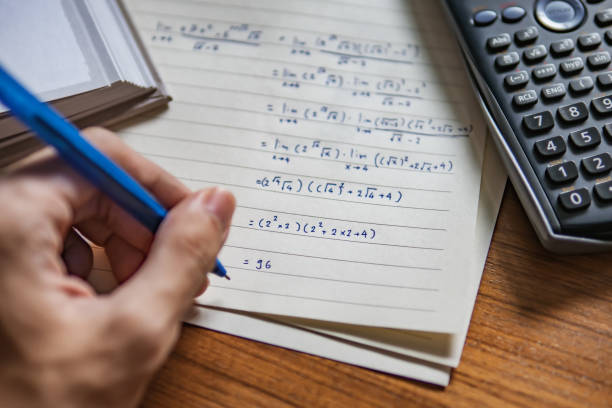
3. More Challenging Problem-Solving Skills
In PSLE Math/Primary Math, the main focus is on basic arithmetic and simple word
problems where students are taught and are required to apply the model method
to solve questions. In secondary math, however, there is a shift towards more
structured, abstract and strategic approaches which builds upon their foundation
taught in primary math.
Secondary math also introduce students to many other types of problems, some of which
include abstract reasoning, multi-step problem solving, mathematical proofs and
justification, and probability and statistical thinking. These new problem solving skills
may take some time to get used to, but they can be mastered and applied with sufficient
practice through Math tuition and revision.

4. Different Teaching Approaches By Secondary Math Teachers
Many Secondary One students may find the teaching methodologies used by secondary math teachers more demanding compared to primary math teachers. As mentioned earlier in our previous point, students are expected to learn new topics and concepts within a short time frame.
For example, the switch to algebra from the model method may take time for some students to be accustomed to. On top of concepts and skills taught in primary math, secondary math also applies these concepts and skills in real-world contexts, making it crucial for students to adapt quickly, especially in O Level Math and N Level Math.
To help with narrowing the gap in the shortest time possible, our team of experienced Math tutors are well-equipped to assist your child in improving their weaker areas and be more familiar with the methodologies used by secondary math teachers in just a few lessons. They will be able to keep up with their math lessons in secondary school in no time!

5. Greater Reliance On Calculators In Both Papers
While your child is introduced to using calculators from Primary 5 onwards, it is only used exclusively in Paper 2.
In secondary math (Elementary Math and Additional Math) however, calculators are used more extensively for both papers. This is due to the more complex array of questions, and certain questions require more precise answers (i.e. algebra and linear graphs) rather than rough approximations. That said, some questions require students to show their workings on the paper where the use of the calculator is strictly forbidden.
Mastering calculator usage is particularly important in N Level Math and O Level Math, as efficiency and accuracy are key to securing higher grades.
Conclusion
Despite the steep learning curve from primary math, it is possible to master secondary math within a short period of time. By understanding these key differences and ensuring that your child is equipped with the right learning support, they can navigate the transition from Primary Math to Secondary Math with greater confidence and success.
At Edufirst, we offer primary and secondary math tuition covering a broad range of topics included in MOE’s syllabuses. With our small class size and our team of experienced MOE-qualified tutors, we can help your child improve their math grades by breaking down the questions into understandable steps, making them simple for your child to comprehend as quickly as possible.
Best of all, we’ll give your child the attention they need by providing individualized coaching targeting any weak points they might face. If you are interested in learning more, give us a call or send us a message, and we’ll get in touch with you shortly!
Still on the fence? Sign up and arrange a trial session with us now!

